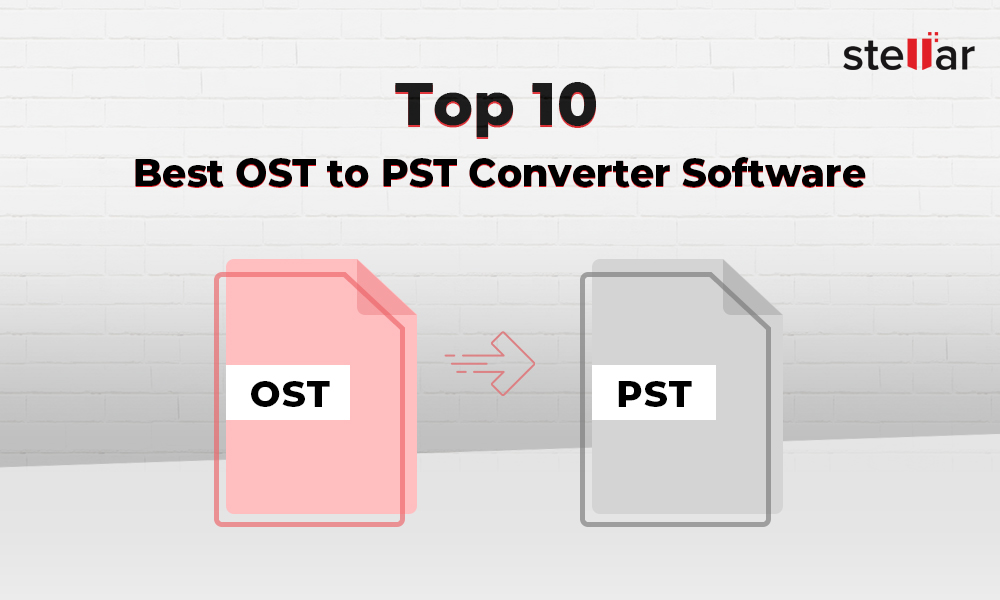


And the solution to recover OST files have always been half-measures by third-parties. This has always been a major concern for users. This makes the OST file useless, non-readable by Outlook, making the data stuck inside them. That happens most likely by accidentally deleting the main account in Outlook to which the OST file was associated with. There are also cases where the OST file become inaccessible. If you are working offline but find that Outlook isn’t performing well or that the data is not sync to the servers properly, the most probably cause is that OST files are damaged. This eliminates the need of working “offline,” which is a different feature in Outlook altogether.ĭue to the nature of OST files, you can often find these files inaccessible or damaged. The benefit of Cached Exchange mode is that it doesn’t ask you to manually set up send/receive groups, and therefore you don’t need to choose which folders you need to work when offline. It also automatically creates OST files as needed. In this mode, the offline mode is automatically updated, allowing you to work seamlessly even with an absence of internet connection. There’s also a Cached Exchange mode if you use an Exchange server email account. And as soon as you connect to your mailbox servers or email provider, all the changes are automatically synced. OST files are basically replicas of your folders in your mailbox. OST, on the other hand, allows you to make changes like adding or deleting a folder, move items between folders, send messages stored in Outbox folder, view the contents in offline folders, and so on. It’s not limited by the space allowed by your email providers on the servers, so you can create PST file up to any size and that can help you reduce space on servers. You can save your emails and other items to an archived PST file for future use. PST is also used to archive data locally on computer. It allows users to work without internet connection and any changes made in an offline mode is synced to the servers when the connection is restored. It’s typically used with Microsoft Exchange server account and is basically just an offline copy of your data and does not need to be backed up to PST. It’s short for Offline storage table and is used in the same way as PST except for offline mode.

But with Outlook, there’s another file, which is just a small variation of PST, called OST. It’s short for Personal Storage Table and is a proprietary file format from Microsoft. Windows Outlook primarily uses PST to store data. OST vs PST – What’s the Difference between OST and PST When you use Windows Outlook, your emails, contacts, calendar data, and other items are stored in files inside the profile database directory. Every software program dealing with data saves the data in some form of files inside the users’ database directory.


 0 kommentar(er)
0 kommentar(er)
